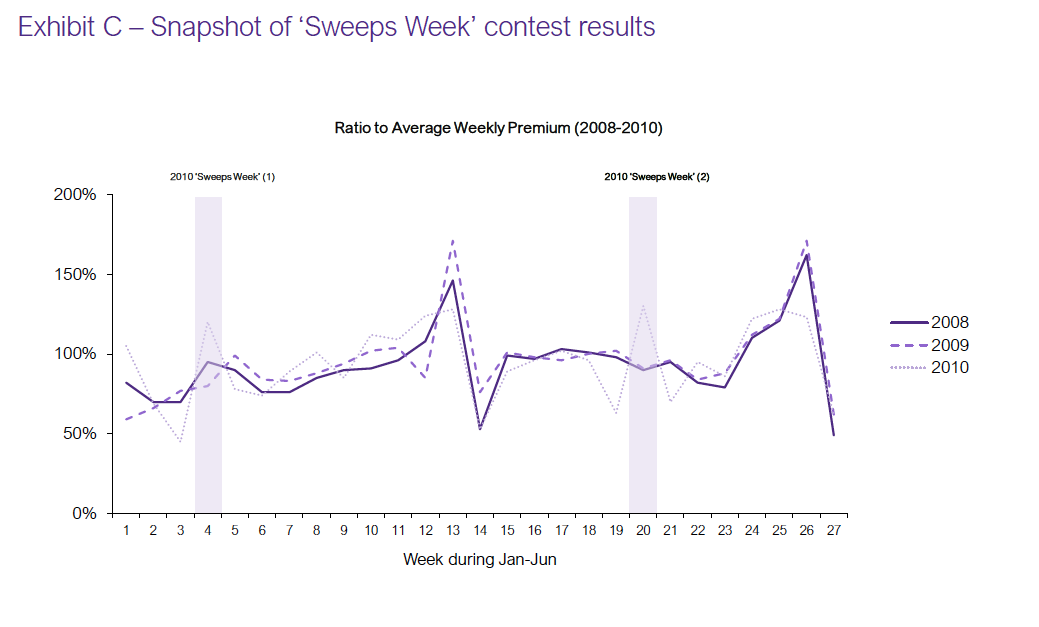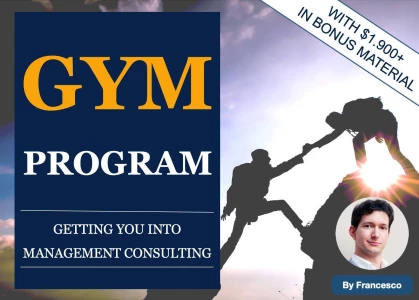Dear community,
It happened to me several times that I just couldn't understand a chart. I've been practicing…not much progress. Below is an example. The only thing I can grasp from this chart is the sales improved during the two weeks of contest. Can anyone tell me what you see from this chart? (sadly, I don't understand the casebook's answer either.)

The background is the insurance company has undergone fairly steady growth in the past two years, but profit margin is decreasing. The company launched a contest called ‘Sweeps Week’ that aimed to drive increased premium in weeks that were traditionally low volume for the company. Sales agents thought ‘Sweeps Week’ was a great contest













